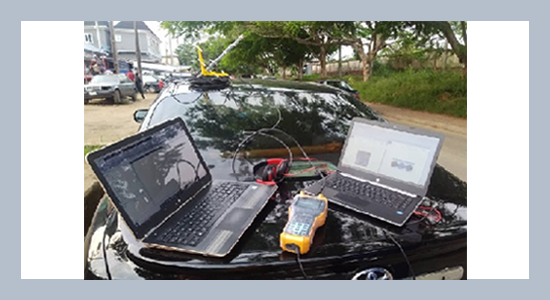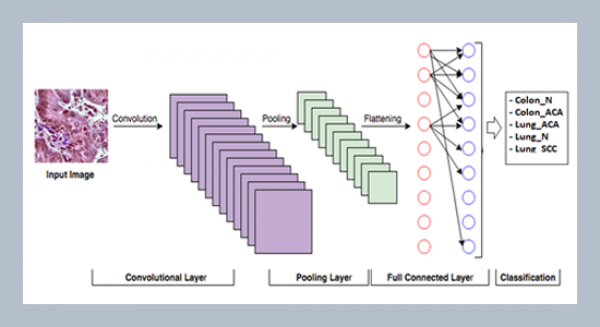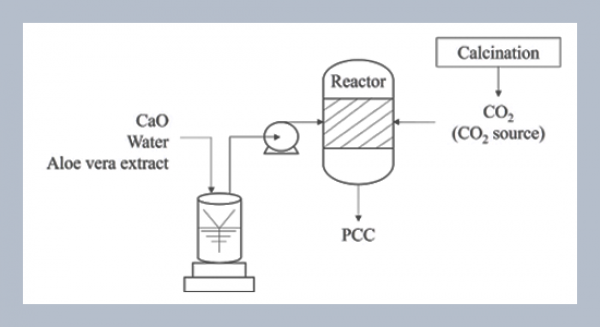Prince Chigozie Iwuji *, Rufus Chika Okoro, Joseph Amajama, Department of Physics, University of Calabar, Calabar, Nigeria
Julius Achiribor Idajor, Ahmed Tunde Abrahim
Download Citation:
|
Download PDF
The quality of services provided by television broadcasting corporations is significantly influenced by propagation path loss. The development of effective design and implementation of good quality signals is dependent on the accurate estimation of propagation path loss. Previous researchers have established several path losses models; however, these models cannot be applied to all situations and environments. The path losses of Nigeria Television Authority (NTA) Channel 6 Aba in Abia State, Nigeria were investigated in this study. A digital signal strength meter was used to measure the Received Signal Strength Level (RSSL) of the channel at 2 km intervals along 5 different routes around the base stations. Path loss values for each route were calculated using received signal strength. The obtained path loss was plotted against distance, and the result demonstrated that the path loss increases with distance along each of the routes. Further analysis of the variation of path loss with distance resulted in the development of a path loss model. To determine how accurate the model is in predicting path loss at the study sites, the developed model was compared with the measured path loss and some theoretical models for the NTA signals. Some statistical tools (RMSE, ME and SDE) were used to validate the developed model. Results also showed that the developed model predicted the path loss of NTA Aba signals very well, with an RMSE of 1.75. The existing theoretical path loss models considered overestimated the path loss values of NTA channel 6 Aba in the investigated environments, with RMSE values of 56.29, 75.68, 82.53, 79.03 and 72.61 for the FSPL, EGLI, okumura, Cost-231 Hata, and Cost-231 Walfisch-Ikegami models, respectively.ABSTRACT
Keywords:
Path loss, Signal strength, Nigeria television authority (NTA), Radio waves, Propagation model.
Share this article with your colleagues
REFERENCES
ARTICLE INFORMATION
Received:
2022-03-24
Revised:
2022-06-16
Accepted:
2023-05-02
Available Online:
2023-10-16
Iwuji, P.C., Okoro, R.C., Amajama, J., Idajor, J.A., Abrahim, A.T. 2023. Analysis and modeling of path loss for terrestrial television in Nigeria. International Journal of Applied Science and Engineering, 20, 2022092. https://doi.org/10.6703/IJASE.202312_20(4).002
Cite this article:
Copyright The Author(s). This is an open access article distributed under the terms of the Creative Commons Attribution License (CC BY 4.0), which permits unrestricted use, distribution, and reproduction in any medium, provided the original author and source are cited.















